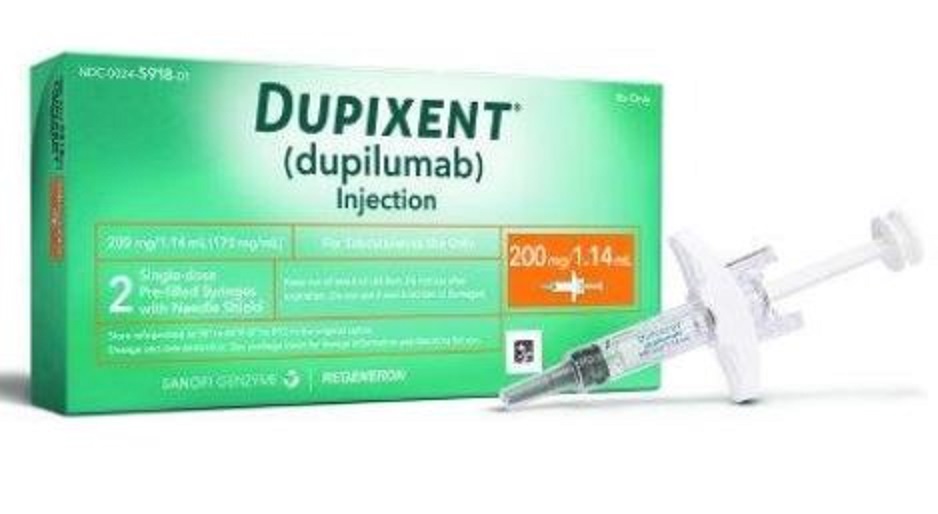Paraquat Parkinson’s Bellwether Trial Set For November 2022 Featured
As a growing number of Paraquat lawsuits continue to be filed by individuals diagnosed with Parkinson’s disease after exposure to the controversial weed killer, a federal judge indicates that the first “bellwether” case will go before a jury in November 2022, which will help gauge how juries are likely to respond to certain evidence and testimony that will be repeated throughout hundreds of cases.
with Parkinson’s disease after exposure to the controversial weed killer, a federal judge indicates that the first “bellwether” case will go before a jury in November 2022, which will help gauge how juries are likely to respond to certain evidence and testimony that will be repeated throughout hundreds of cases.
Paraquat is a widely used herbicide, which has been sold through farming and agricultural supply stores under a number of brand names, including Gramoxone, Blanco, Cyclone, Bonedry and others
Since it is known to be toxic and users face a risk of Paraquat poisoning if even a small amount of the herbicide is ingested, the herbicide is only available in the United States under a program that requires users to go through a training program on the safe handling of the herbicide. However, product liability lawsuits now allege the manufacturers failed to warn about the risk that Paraquat may cause Parkinson’s disease and other neurological injuries, even when the recommended precautions are taken.
Given common questions of fact and law raised in several hundred lawsuits brought in U.S. District Courts nationwide, the federal Paraquat litigation was centralized last month before U.S. District Judge Nancy J. Rosenstengel in the Southern District of Illinois, as part of an MDL or multidistrict litigation.
During an initial status conference held on June 23, Chief Judge Rosenstengel indicated she intended to set an aggressive schedule to get the cases to trial, with the first bellwether case expected to go before a jury trial on November 15, 2022, with a final pretrial conference on October 27. 2022.
In a Case Management Order issued on July 14, Judge Rosenstengel appointed Randi S. Ellis to serve as special master in the litigation, tasked to work with plaintiffs’ lead counsel and defendants to create a schedule for discovery and motions leading up to the November 2022 trial date, among other duties.
Ellis will also help establish a database of plaintiffs, and help create a methodology for selecting plaintiffs’ claims which would be suitable for the November trial.
This will likely be the first in a series of early “bellwether” trials that may be scheduled in the MDL. While the outcome will not be binding on other plaintiffs, it will likely have a substantial impact on any Paraquat settlement negotiations before the Court starts remanding individual cases back to federal district courts nationwide for future trial dates.
Paraquat Parkinson’s Disease Concerns
The Paraquat MDL was established after a number of studies published in recent years highlighted a potential Parkinson’s disease risk, and it is ultimately expected that over 1,000 cases may be brought throughout the federal court system.
In 2012, researchers from UCLA found a link between pesticide use and a risk of developing Parkinson’s, indicating that individuals who suffered a traumatic brain injury (TBI) and were exposed to Paraquat were three times more likely to develop Parkinson’s disease.
Another study published in May 2013 found yet another link between pesticide exposure and an increased risk of developing Parkinson’s disease, indicating that pesticide exposure may increased th risk of developing Parkinson’s by 60 percent.
That study also found the risk increased with exposure to any type of pesticide, herbicide or solvent; but exposure to specific chemicals doubled the risk. Chemicals used in the test included Paraquat, Maneb and other pesticides.
In March 2016, the EPA announced that it would be re-evaluating the health risks with Paraquat, and a number of health experts and consumer advocacy groups have called on the agency to remove Paraquat-based herbicides from the market in the U.S. However, it continues to be used by farmers and other industries for weed and grass control, potentially exposing individuals handling, mixing or applying the Paraquat to life-long health risks.
Parkinson’s disease affects more than 500,000 Americans, with approximately 50,000 new cases each year. The disease causes the loss of motor functions, causing imbalance and shaking, which gets progressively worse over time.









